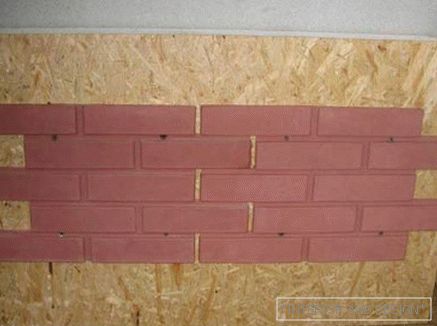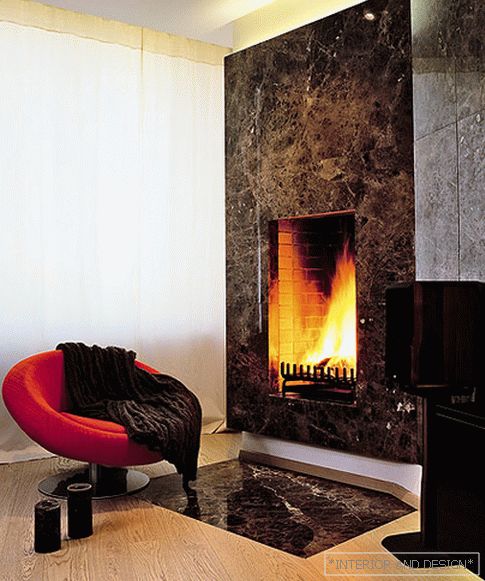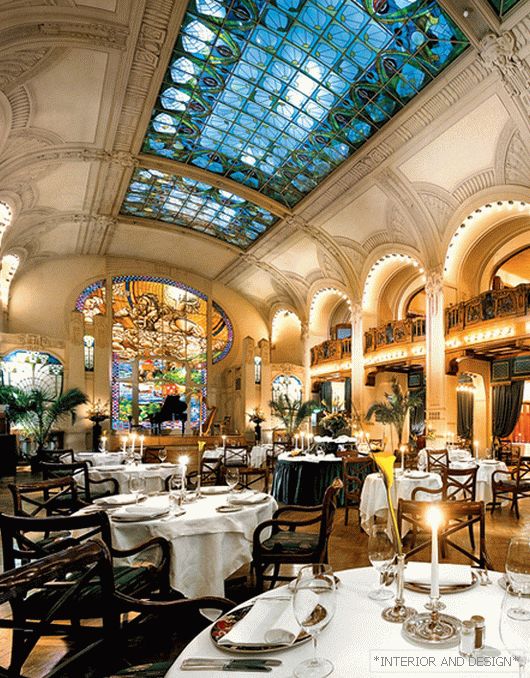Famous industrial designer about inlays and the role of TV in our home
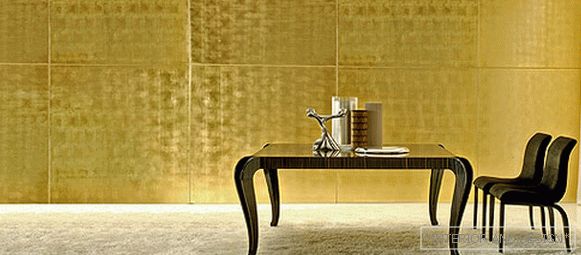

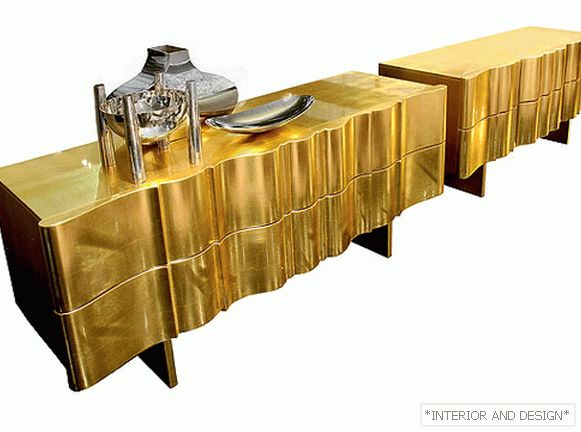
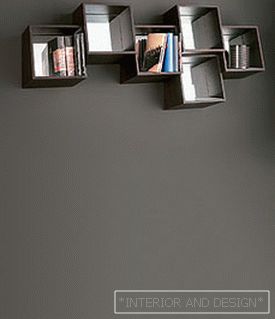
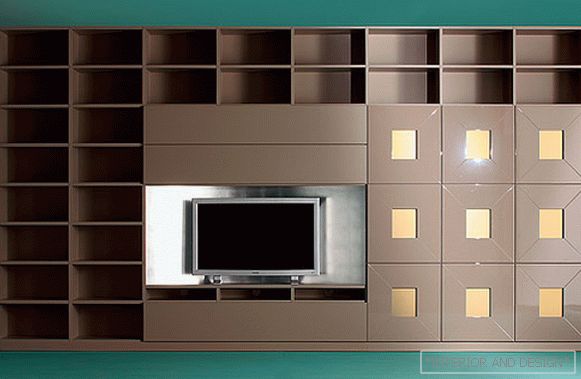
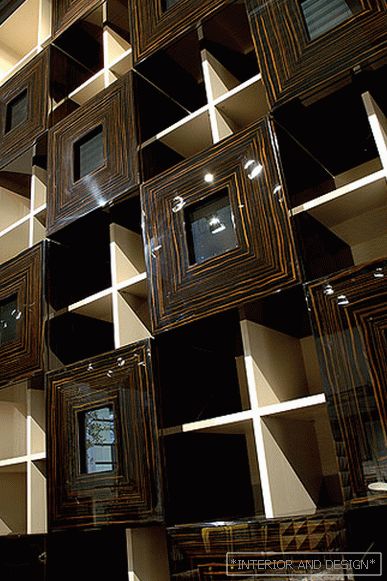
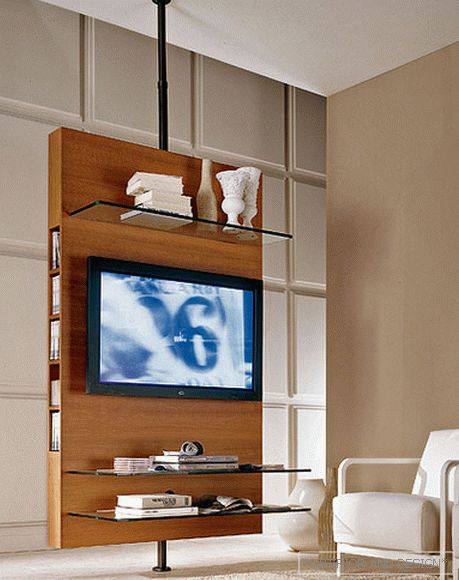
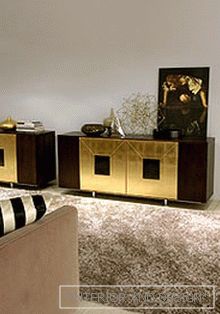
 Passing the gallery
Passing the gallery A photo: Sergey Morgunov - from the archives of the press services
Text: Nikolay Fedyanin
Magazine: N4 (137) 2009
SALON: Sinner
- You are right, these are two completely different ideas. When I designed the Globe home cinema, I thought that TV today began to perform the same function that the fireplace had previously performed. After all, the whole family used to gather not in front of the TV, but near the fireplace. At the same time, I understand that modern people have another need: they want the TV to be where they are, to “follow” them. So I came up for the company
S: Recently you have done for the company
- I do not deny the idea of flat facades. I just want furniture to have a pronounced character. Look at the modern architecture. Buildings have become more expressive due to more complex shapes and unusual facades. Emotions arise when there is movement, the play of light and shadow, and this is a general rule both for the buildings themselves and for objects in the interior.
S: Please tell us about the Artex bar. Its surface is decorated with inlay, which creates the effect of three-dimensional shapes. What was your source of inspiration?
“Architecture was also a source of inspiration.” In the Renaissance, the facades of buildings were trimmed with faceted stone rust. One of the most characteristic examples is the Palazzo dei Diamanti in Ferrara. But there the figures really have volume. I decided to use the optical illusion. The effect of three-dimensional "pyramids" occurs due to inlay, collected from different wood species.
S: A few years ago, the most fashionable tree was cherry, then wenge, after more exotic species, such as rosewood. Do you personally what kind of wood like most?
- walnut wood. This is a tree with tradition. Walnut was used to make furniture in the Renaissance. The walnut has a beautiful texture, a beautiful shade, and this wood is very beautifully aged. I also like pine, generally conifers. Unfortunately, in the furniture industry, this wood is almost never used for the manufacture of expensive furniture, but it seems to me that this is unfair. The plank of conifers has a very beautiful, expressive pattern.

